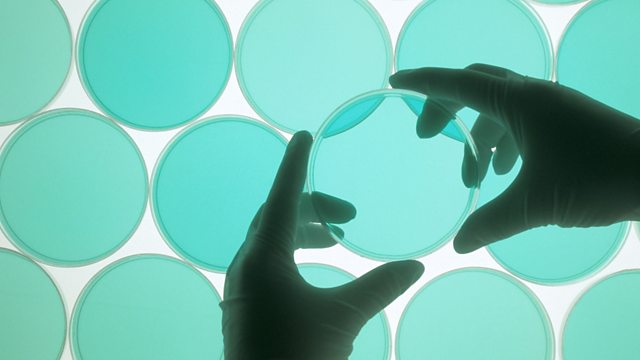26/11/2010
Carbon emissions were lower last year due to the recession, but not as low as predicted;Tigers at risk;Renaissance in Islamic science;Star-nosed mole and human pain;Maple seeds inspiring new aircraft
Carbon Emissions
As countries prepare for the next round of international climate talks in Cancun, a United Nations report shows that promises made in the past have not done enough to reduce greenhouse gas production. Despite pledges to reduce carbon emissions, temperatures will still rise by up to 4 degrees during this century. Another interesting report out this week shows that carbon emissions did fall in 2009, but not as much as people thought they would, because of the global economic downturn. We spoke to the ���˿���'s Environment Correspondent Richard Black who explained these latest developments.
Tigers in danger
In the past 100 years tiger numbers have dropped from about 100,000 to 3,500 and they could be at even greater risk from environmental changes than previously thought. The latest research from Durham University and the Zoological Society of London shows that large carnivores like tigers and polar bears are likely to be highly affected by a reduction in their prey and this could significantly impact on their numbers. Dr Phillip Stephens, one of the scientists behind the study tells us more.
Renaissance in Islamic science
Investment in science and innovation is increasing at a dramatic pace across the Islamic world. For example in Saudi Arabia, the King Abdullah University of Science and Technology aims to rival the California Institute of Technology for prestige within the next 20 years. But what is behind the upswing? Dr Rim Turkmani spoke this week to the Royal Society in London on the state of science in Muslim countries. It is connected to a project called The Atlas of Islamic-World Science and Innovation.
Star-nosed mole
Pain is universal. All of us have experienced physical pain in one form or another from the minor to the horrific. You might think scientists would have a pretty good handle on it. But it turns out the science behind pain, the how and why our skin says something is painful, is an area of science with many unanswered questions. Dr Diana Bautista, a biologist and bioengineer at University of California, Berkeley, is studying the star-nosed mole - a very unusual animal - and is trying to unravel some of the basics. Science in Action reporter Bruce Thorson went to her laboratory to find out what exactly she is going to be looking at.
Maple seed flight
A cool new robot – a mechanical maple seed –could help collect data from the atmosphere. Understanding the way a maple seed flies has given engineers the tools they need to build brand new, small scale flying machines. It turns out it is easier to keep a huge 747 in the air than a machine just a few centimetres in scale. Dr Evan Ulrich from the Aerospace Engineering Department at the University of Maryland explains how his latest invention works.
Last on
Broadcasts
- Fri 26 Nov 2010 10:32GMT���˿��� World Service Online
- Fri 26 Nov 2010 15:32GMT���˿��� World Service Online
- Fri 26 Nov 2010 20:32GMT���˿��� World Service Online
- Sat 27 Nov 2010 01:32GMT���˿��� World Service Online
- Sun 28 Nov 2010 04:32GMT���˿��� World Service Online
- Sun 28 Nov 2010 15:32GMT���˿��� World Service Online
Podcast
-
![]()
Science In Action
The ���˿��� brings you all the week's science news.


